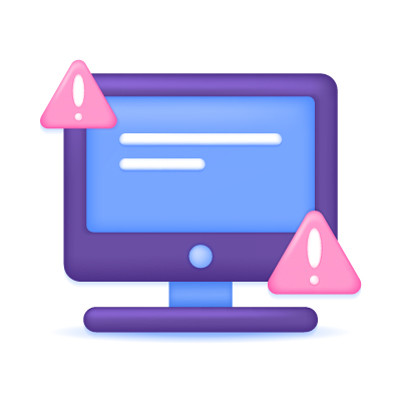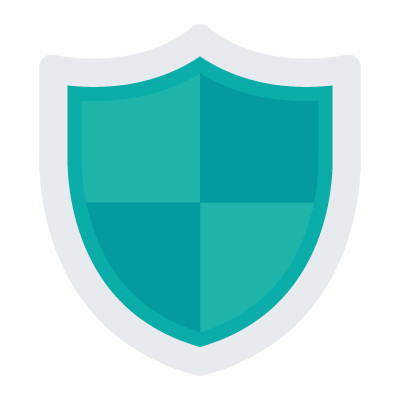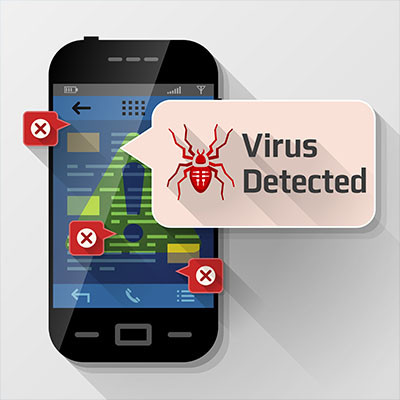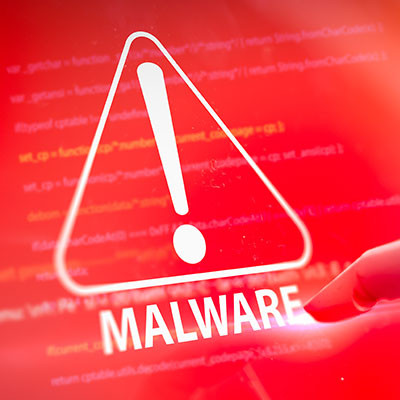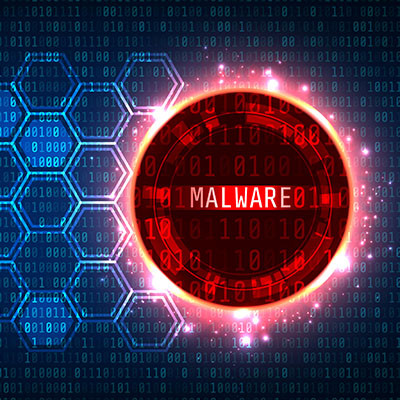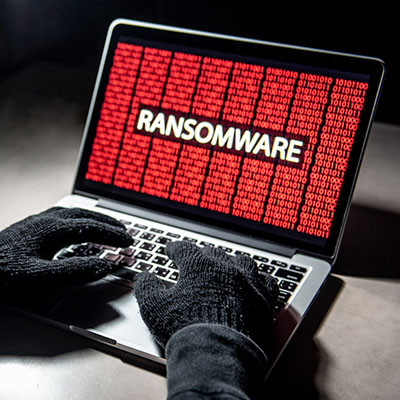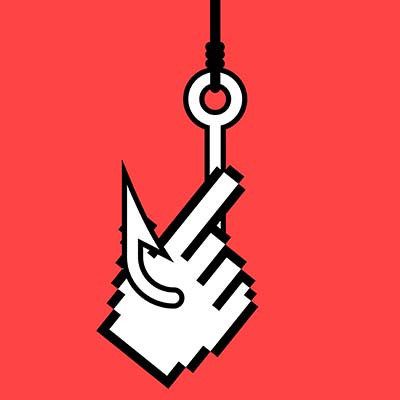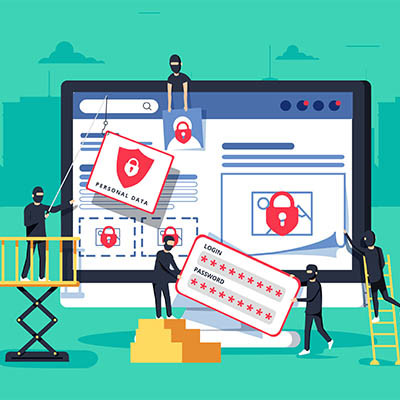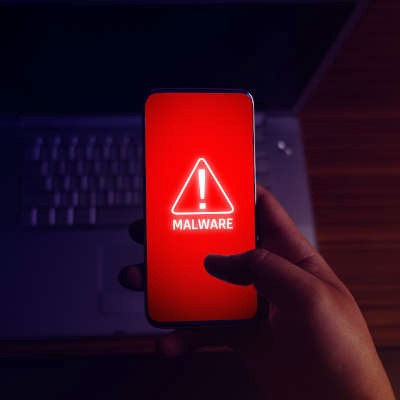JS Business Solutions Blog
On Friday, July 18th, a global update—codenamed “Falcon”—to cybersecurity company CrowdStrike’s software triggered events that brought major infrastructures and societal needs to their knees… despite affecting less than one percent of all Windows systems.
Now that about one and a half weeks have passed, let’s check in and see what happened, both leading up to this event and in the days since.
Sometimes, it seems like the most complex aspect of modern technology is the naming conventions used by big vendors for all of their products. It’s a problem with consumer electronics, it’s a problem with enterprise products, and sometimes it feels like some companies make their products as confusing as possible on purpose… I’m looking at you, Microsoft.
When it comes to protecting your PC from viruses and malware, there should be zero confusion. Hopefully after this article you’ll have the confidence to make the right choice for your business.
You’ve more likely than not purchased a ticket through Ticketmaster at some point in your lifetime, so you might be interested to find out that Live Nation Entertainment—Ticketmaster’s parent company—has had to file an 8-K with the Security and Exchange Commission to admit that 1.3 terabytes of data had been hacked. The result is that more than 560 million customers’ personal information was stolen from company servers.
More often than not, the malware you encounter will target a desktop computer. Despite this, there are indeed some threats that target mobile devices, including one which Google had to remove from the Play Store for infecting smartphones with malware and adware. We recommend that you take immediate action to uninstall these apps if you were one of the unfortunate folks who accidentally installed them.
Microsoft generally takes security very seriously, and for the most part, if you keep your Windows and Server operating systems updated, you can generally depend on some base-level security and stability. Unfortunately, it was recently discovered that, for almost two years, a very critical defense mechanism within Windows wasn’t being properly secured.
Purchasing new technology sure is exciting… until you realize that it comes preloaded with loads of software that not only slows your device down but could also be harmful or irritating to deal with. What can you do about this unneeded and unwanted software? We recommend that you read this blog to find out.
Using USB drives to spread threats is certainly not a novel concept, and you should always be wary of potential threats using USB drives to make their rounds. In particular, a new and emerging threat called the Raspberry Robin worm could shake things up in the world of cybersecurity. What is this threat, and how can you keep yourself and your business safe from its attacks?
Cybercrime is up, way up. This is problematic for businesses in general, but can be a really serious issue for those companies that don’t have security measures in place that can thwart potential attacks. Today, we’ll talk briefly about how big of a problem cybercrime is and some steps your business can take to keep from becoming a statistic.
You can’t check the news without seeing the word “ransomware” plastered across the screen. It’s a major threat for businesses in just about any industry and of any size. In order to keep your business safe both now and into the future, you’ll have to implement adequate security measures that can put a stop to these types of threats. Of course, it’s easier said than done, especially when certain data is more likely to be targeted than others.
Sometimes you might be browsing the Internet and come across an advertisement for free downloads of Windows applications. Obviously, this is too good to be true, and hackers tend to exploit advertisements to spread their influence across devices. Malvertising is used to deliver various types of threats, all of which can cause considerable harm to unprepared businesses.
If you look at all of the security-related headlines from the past year, what do you think the biggest trend is? Perhaps it was the plethora of large-scale ransomware campaigns that struck both individuals and businesses in spades. Even now, ransomware continues to make headlines by changing its tactics, with one of the more recent ones being in regards to fake ransomware.
A new ransomware attack has surfaced, this time mostly targeting IT companies and their clients. The attack is specifically targeting the Kaseya platform. Kaseya is management software that many IT companies use to remotely manage and support technology. The attack in question attacked Kaseya’s supply chain through a vulnerability in its VSA software; this attack is notable because of how it targeted the supply chain, not only striking at the vendor’s clients—notably IT companies—but also their customers. Basically, this attack had a trickle-down effect that is causing widespread chaos for a massive number of businesses.
Chances are, you own a smartphone, and that device helps you to manage quite a bit, both personally and professionally. As smartphones have risen in importance, they have also drawn the attention of hackers who attack via malicious applications. Here, we wanted to offer some tips that can help you spot these malicious apps before falling victim.
Ransomware has become infamous in the past few years, largely due to its involvement in a growing number of cyberattacks during this time. Of course, not all ransomware works in the same way, and recognizing the difference could prove to be useful. Therefore, we’ve taken a few moments and assembled a brief description of the four most common ransomware varieties.
The COVID-19 pandemic has certainly changed the way we do things in a very short period of time. Unfortunately, in times of absolute crisis and anxiety, cybercriminals use it as camouflage to steal data and infiltrate normally-secure networks. Let’s take a look at some of the ways hackers are able to exploit your employees and how you can work to protect your business.

